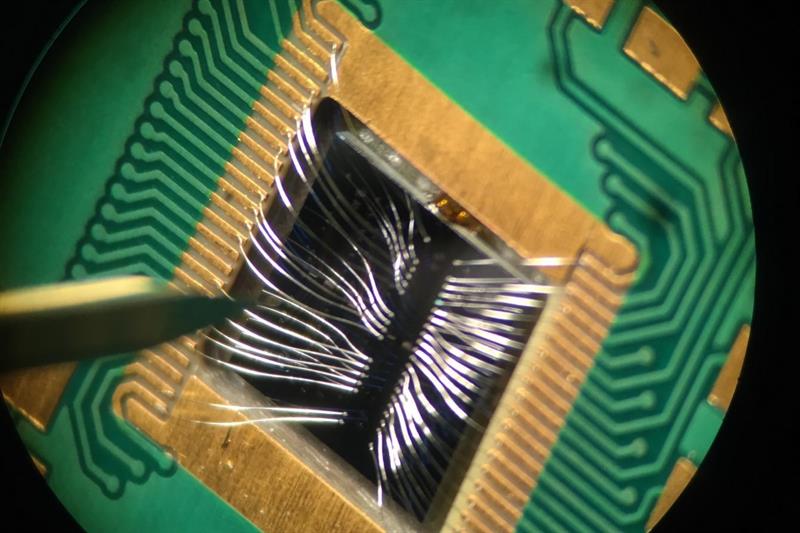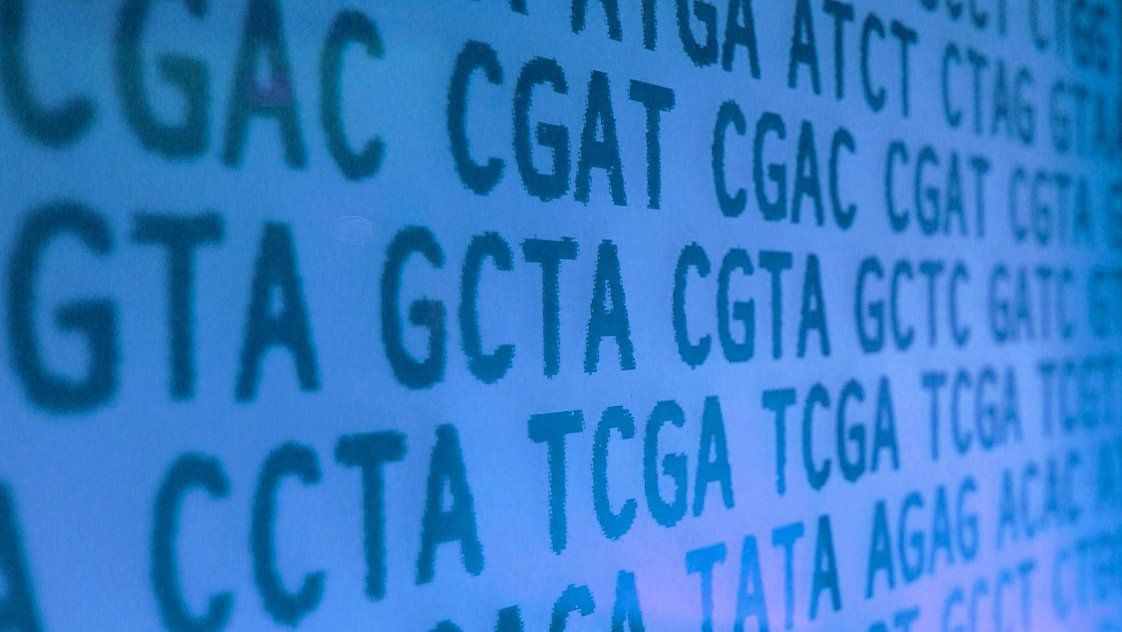Canadian doctors just reversed severe MS using stem cells.
Year: 2018





Two qubit silicon gate has been created
Researchers at Princeton University have constructed silicon hardware that can control quantum behaviour between two electrons with extremely high precision.
The team constructed a two qubit gate that controls interactions between the electrons in a way that allows them to act as the qubits necessary for quantum computing. The demonstration of the gate is being seen as an early step in building a more complex quantum computing device from silicon.
The gate was constructed by layering aluminium wires onto a highly ordered silicon crystal. The wires deliver voltages that trap two single electrons, separated by an energy barrier, in a double quantum dot.

Alzheimers Drug Turns Back the Clock in Mitochondria
J147 is an experimental drug that has been shown to treat Alzheimer’s disease, and it also appears to reverse some aspects of aging. It is also poised to enter human clinical trials in the near future, although how it works has been somewhat of a puzzle.
A new study published in the journal Aging Cell has changed all that, and the results are quite intriguing[1]. Researchers at the Salk Institute have solved the mystery of how J147 works and why it makes old flies, mice, and cells more youthful.

AI can warn researchers where CRISPR might make a mistake
Microsoft has built an AI tool that predicts the accuracy of CRISPR so that researchers can avoid making incorrect edits of DNA.
Missing the target: CRISPR uses two components: a cutting protein and a guide RNA that directs it to the part of a genome you want to cut. The guide RNA is about 20 letters long. Problem is, multiple sites in a genome can have the same series of letters, so CRISPR could snip the wrong section—known as an “off target” effect.
Why that matters: Off-target effects are one of the biggest safety concerns with CRISPR. Making incorrect cuts in a genome could, say, switch on a cancer-causing gene.

